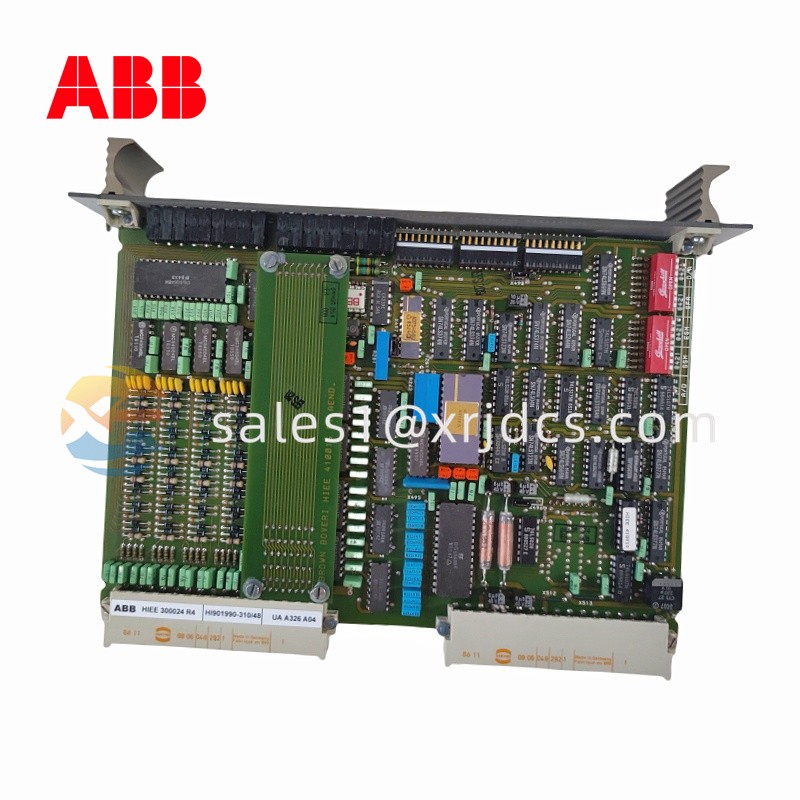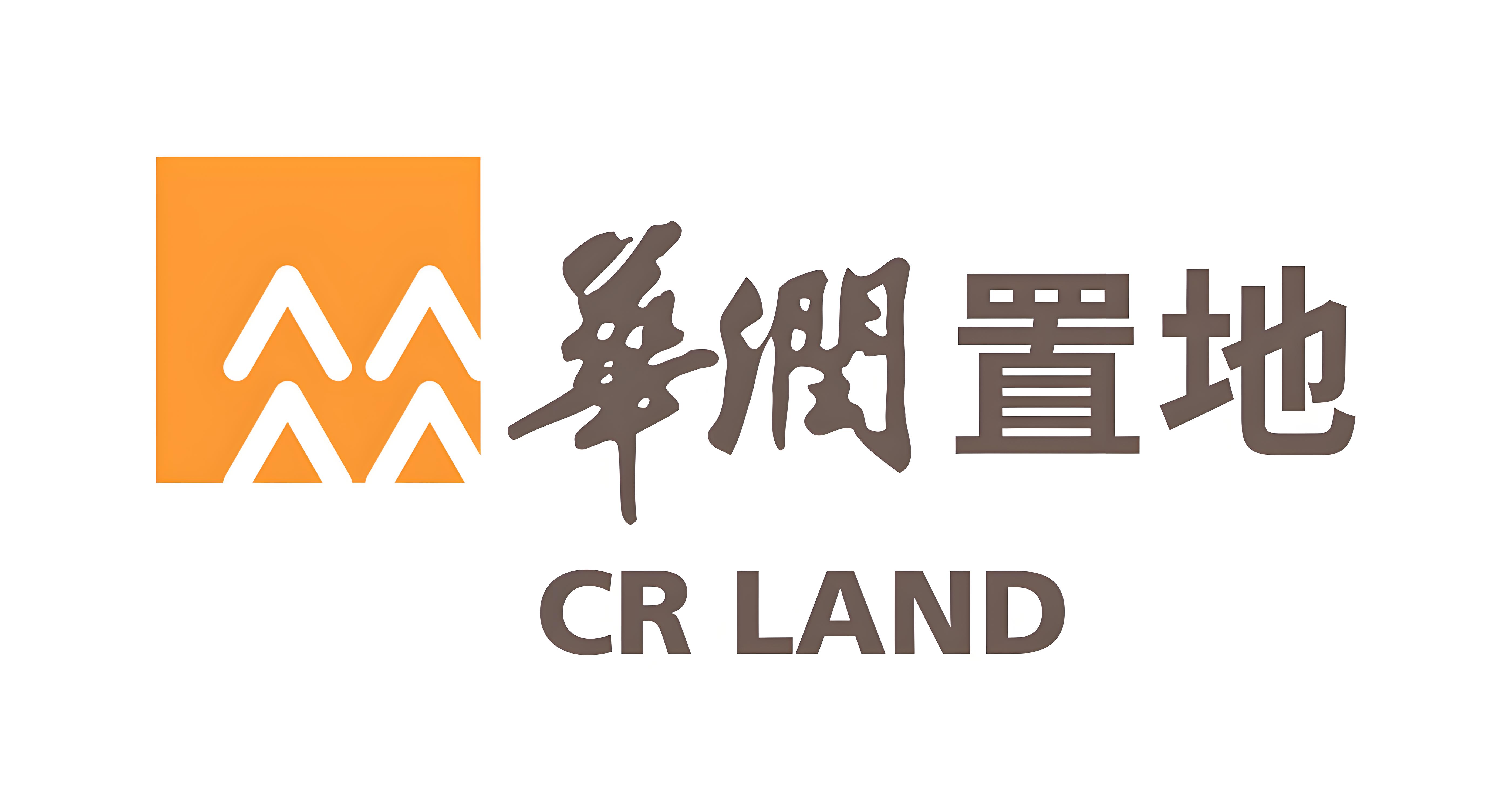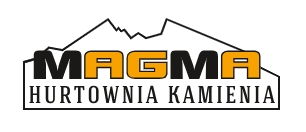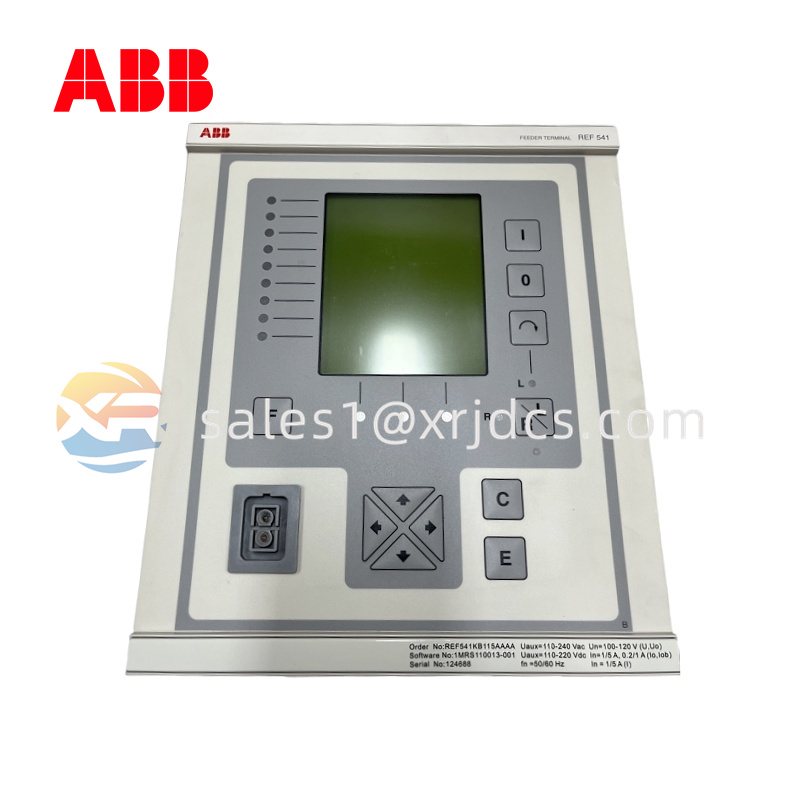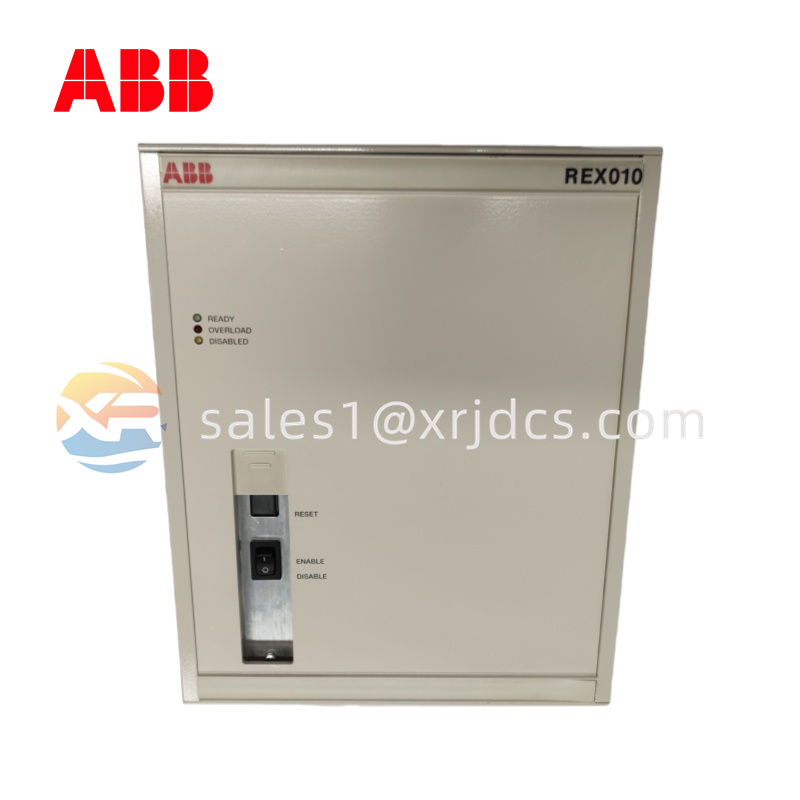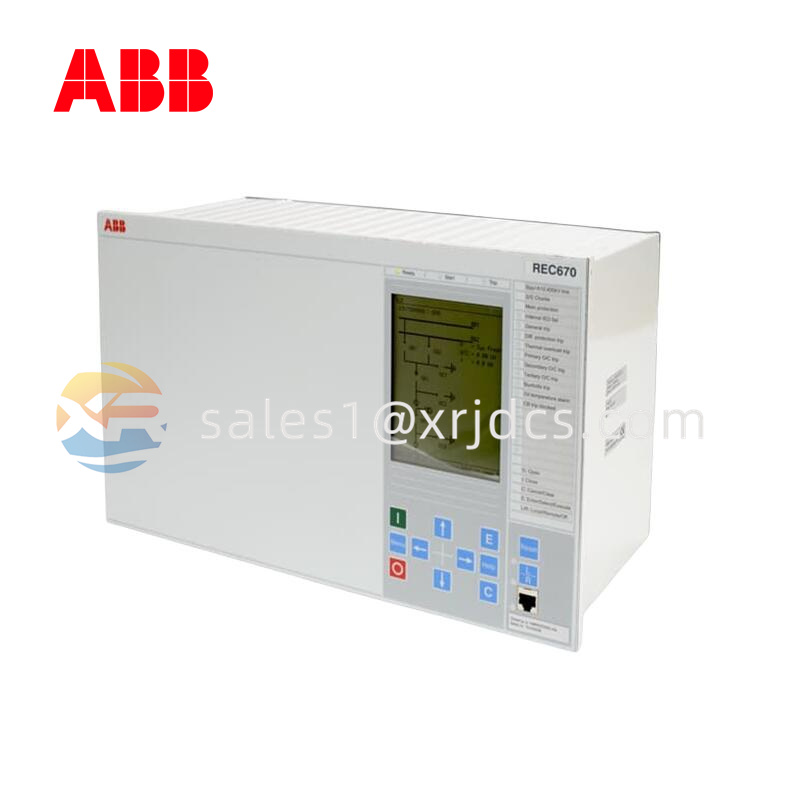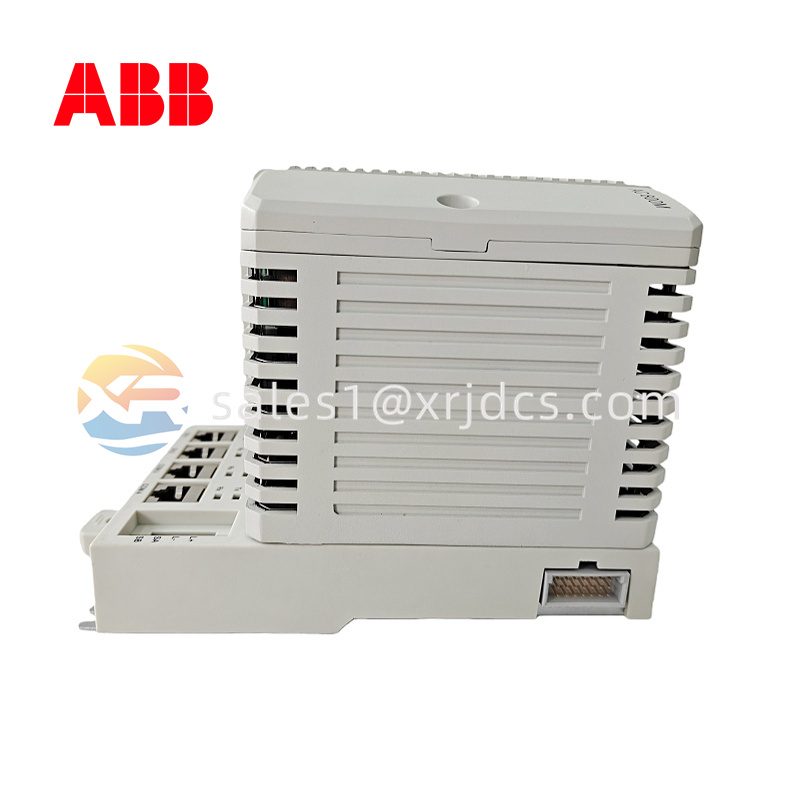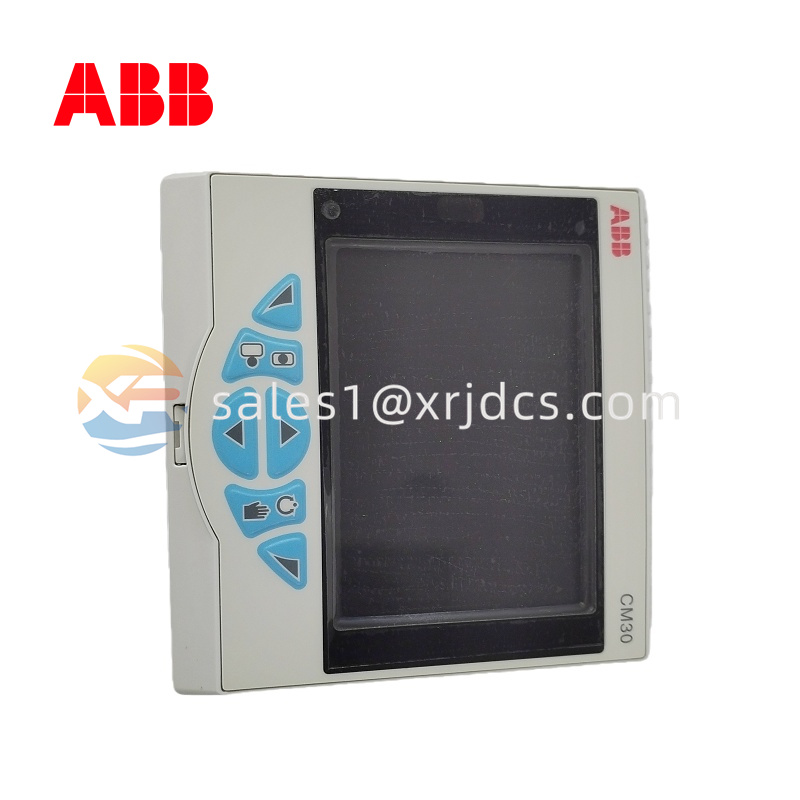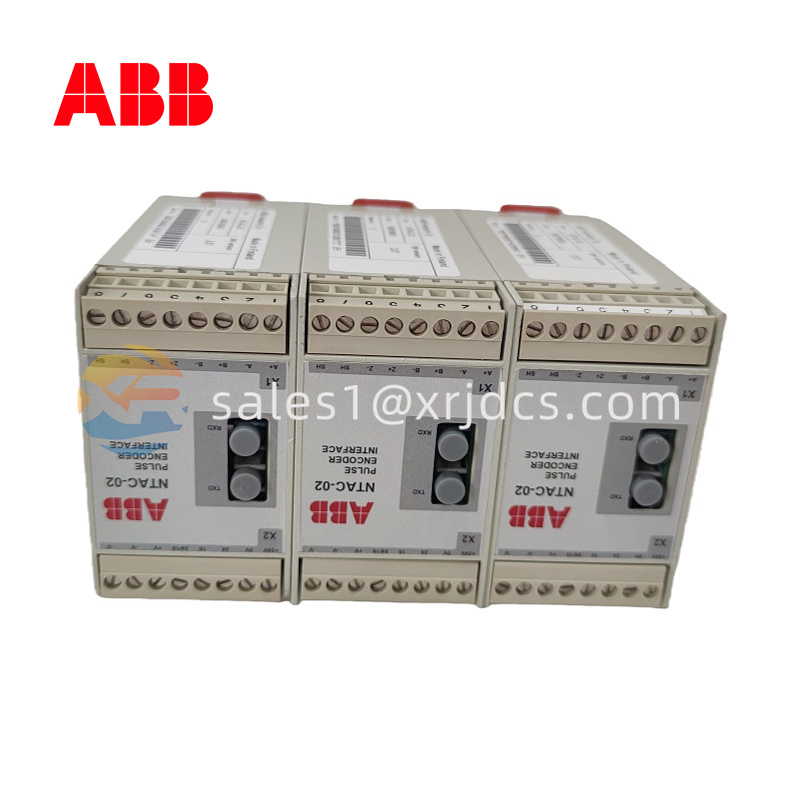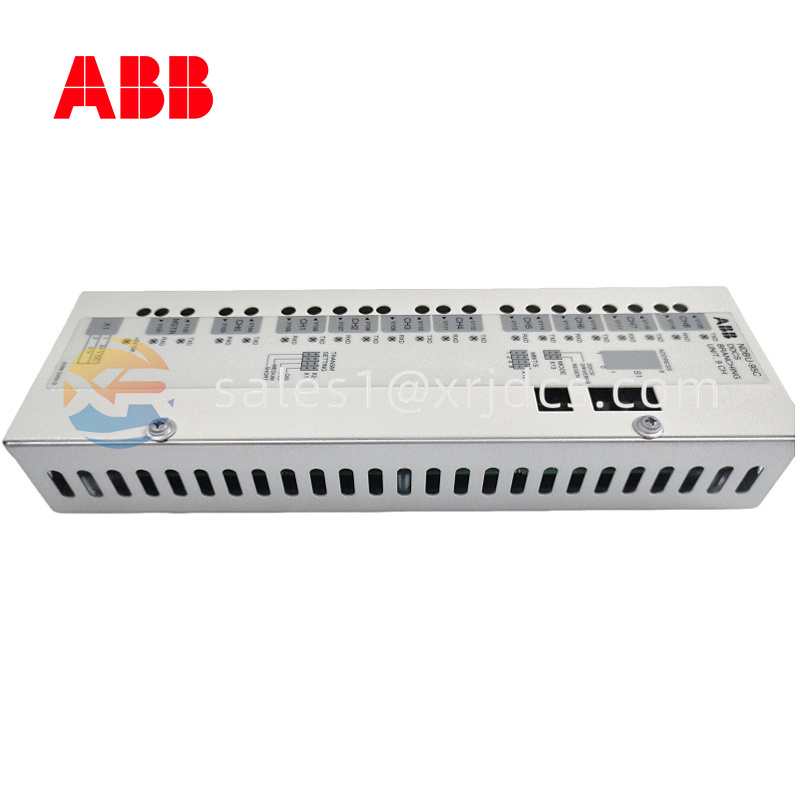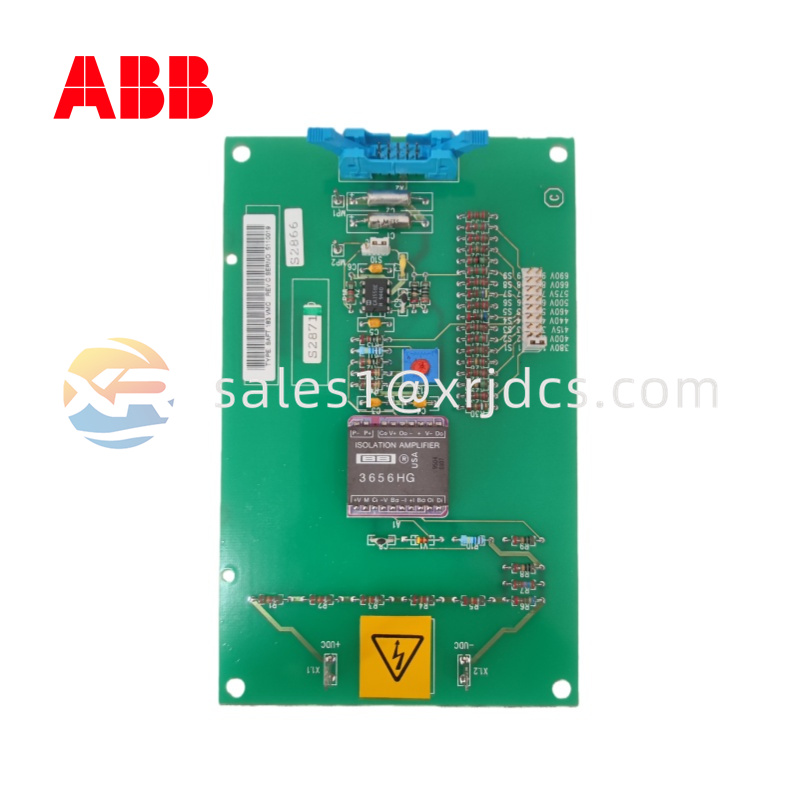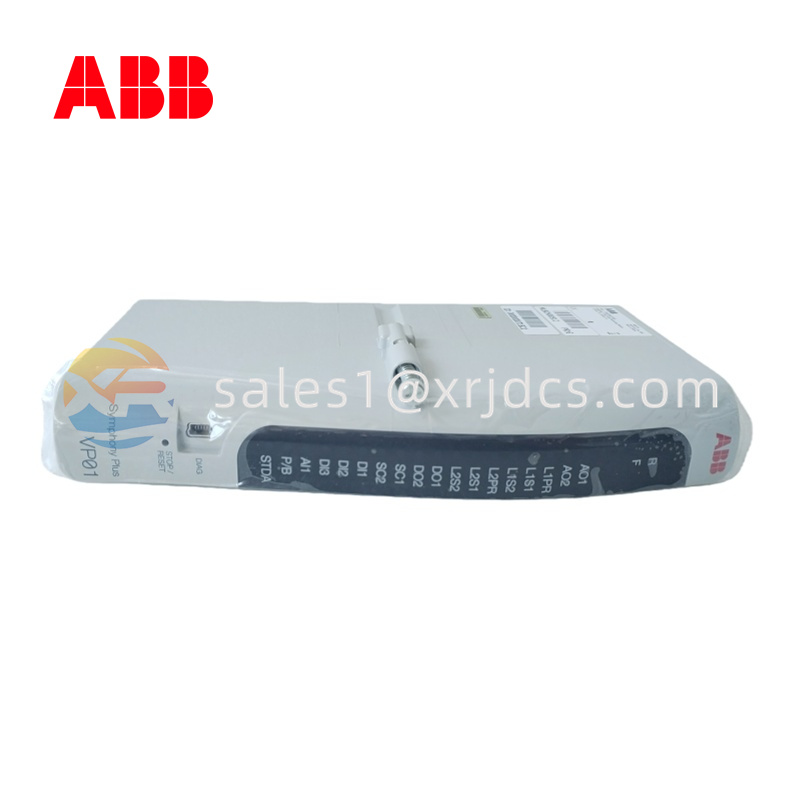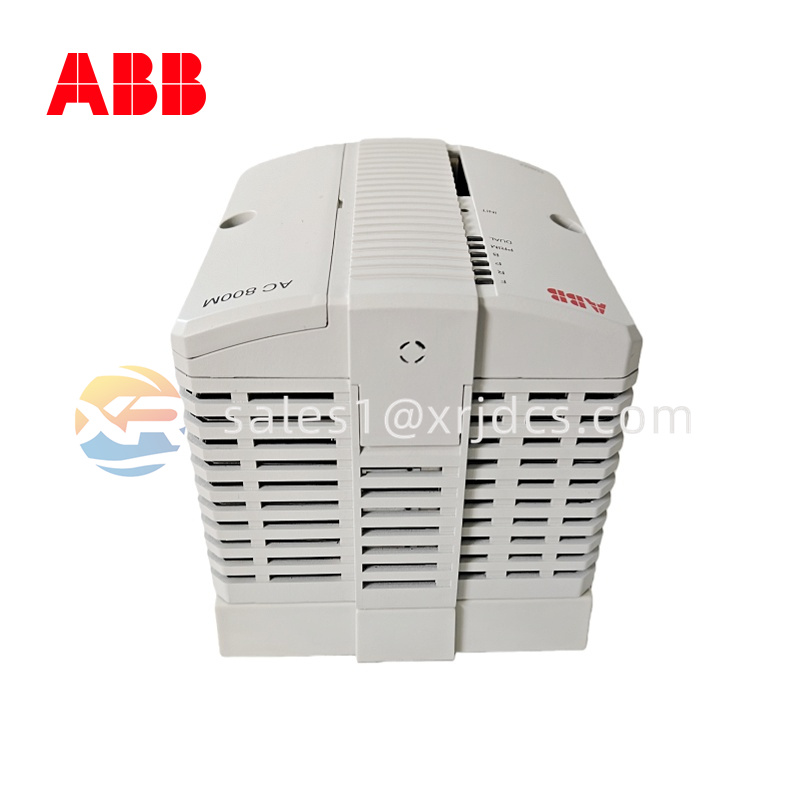ABB UAA326A02 Control Module
Applications
The ABB UAA326A02 Control Module is an intelligent automation component used for signal processing, control logic, and communication within ABB’s industrial control systems. It is particularly suited for power generation, substations, process automation, and high-reliability industrial machinery. The module efficiently interfaces with programmable logic controllers (PLCs), distributed control systems (DCS), and monitoring equipment to ensure stable system operation.
Key application areas include:
Power distribution and protection systems
Industrial process monitoring and control
Electrical substations and switchgear automation
Data acquisition and signal conditioning
Building and HVAC automation systems
Overview
Engineered by ABB for high-performance automation networks, the UAA326A02 provides dependable signal conversion and control capability in harsh environments. Its modular structure enables easy system integration and rapid maintenance. Built with robust circuitry, it ensures long-term reliability even under heavy electrical loads.
The device is designed to simplify control architecture, offering stable performance, low noise, and efficient communication across complex industrial systems.
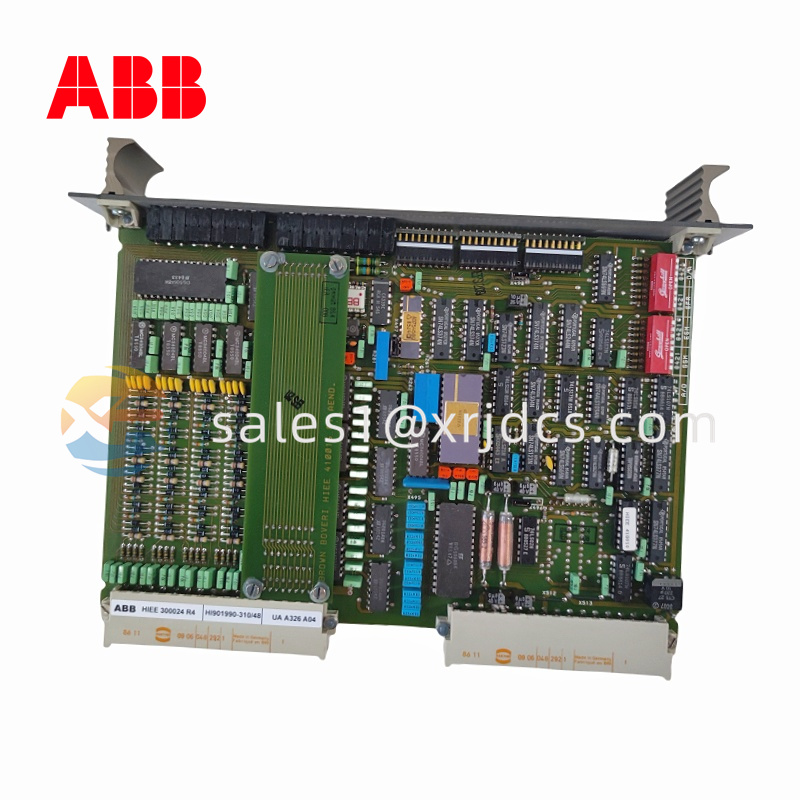
Structure & Composition
Unlike standard control modules, the UAA326A02 features a multi-layer internal architecture with:
Input/Output Interface Section – Handles analog and digital signals with excellent isolation.
Microprocessor Control Unit – Processes commands and executes control algorithms.
Communication Bus Connector – Ensures smooth data exchange within ABB’s control platform.
Power Management Circuit – Stabilizes voltage supply and protects against surges.
Modular Housing – Compact, lightweight, and compliant with DIN rail or panel installation standards.
This well-defined design supports high integration and long-term durability.
Key Features
High reliability and low maintenance requirements
Fast response time for critical control tasks
Galvanic isolation between input, output, and logic circuits
Compatibility with multiple ABB control systems
Wide operating temperature range suitable for industrial conditions
Strong anti-interference design for high EMC immunity
Compact and modular form factor simplifies installation and replacement
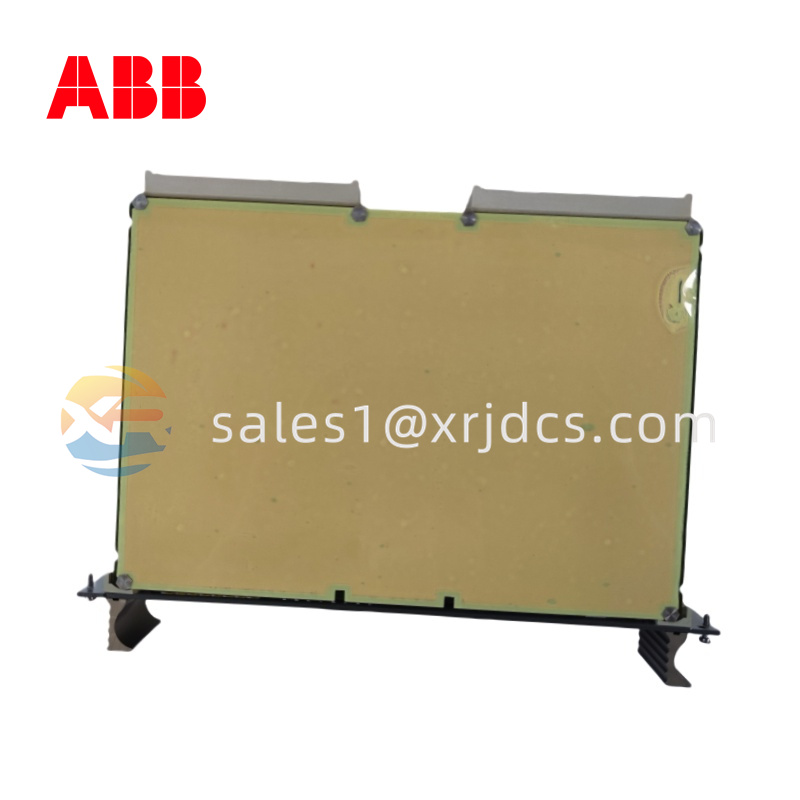
Technical Parameters
The parameters for ABB UAA326A02 are presented in descriptive form to maintain clarity and readability.
The module operates at a 24V DC power supply with low consumption, typically below 5W, ensuring energy efficiency. It supports input and output signal ranges compatible with standard industrial voltages (0–10V / 4–20mA), maintaining an accuracy level better than ±0.1% of full scale. The response time is under 2 milliseconds, guaranteeing real-time signal conversion and control.
Environmental specifications include an operating temperature range from –20°C to +70°C, with humidity tolerance up to 95% non-condensing. The device is built with flame-retardant ABS housing and designed for DIN rail mounting, allowing quick installation in control panels.
Installation and Maintenance
Installation: Mount vertically on a standard DIN rail with sufficient ventilation. Keep wiring short and shielded to reduce interference.
Connections: Follow ABB’s wiring guide carefully for proper input/output polarity.
Calibration: Check zero and span at regular intervals to maintain accuracy.
Maintenance: Clean dust periodically; inspect terminal tightness and power supply stability.
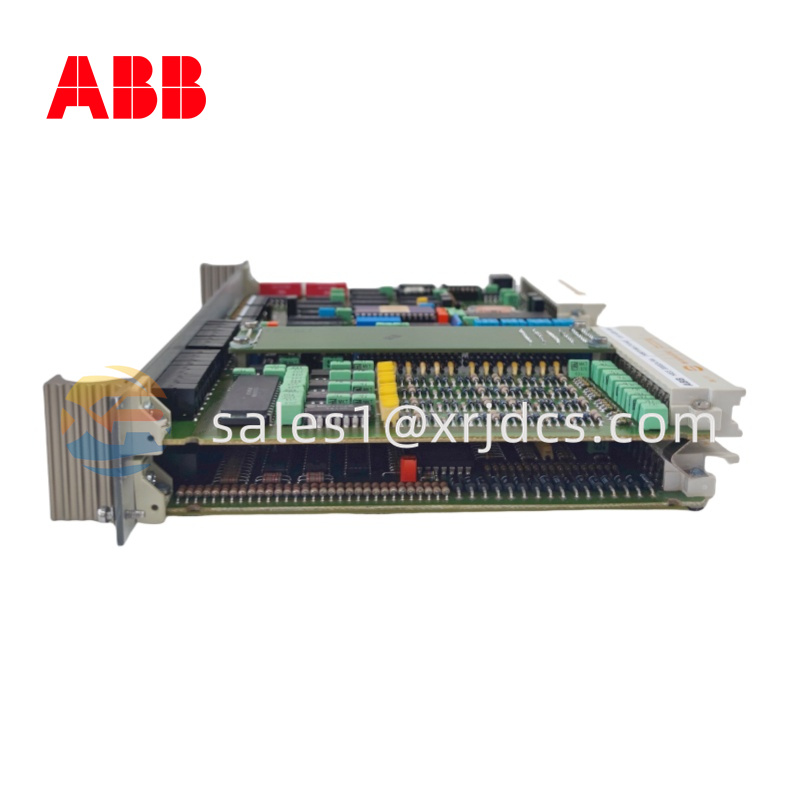
Advantages in Industrial Use
The UAA326A02 stands out for its reliability, fast data response, and compatibility with ABB’s automation ecosystem. It enables seamless integration in complex systems requiring high-speed signal transmission and precise control logic. These advantages contribute to improved process stability, reduced downtime, and optimized operational efficiency.
Conclusion
The ABB UAA326A02 Control Module combines precision engineering, strong environmental tolerance, and flexible system compatibility. Whether deployed in power automation, factory control, or process industries, it ensures dependable control and monitoring, making it an ideal choice for critical automation applications.
 Switzerland
Switzerland 



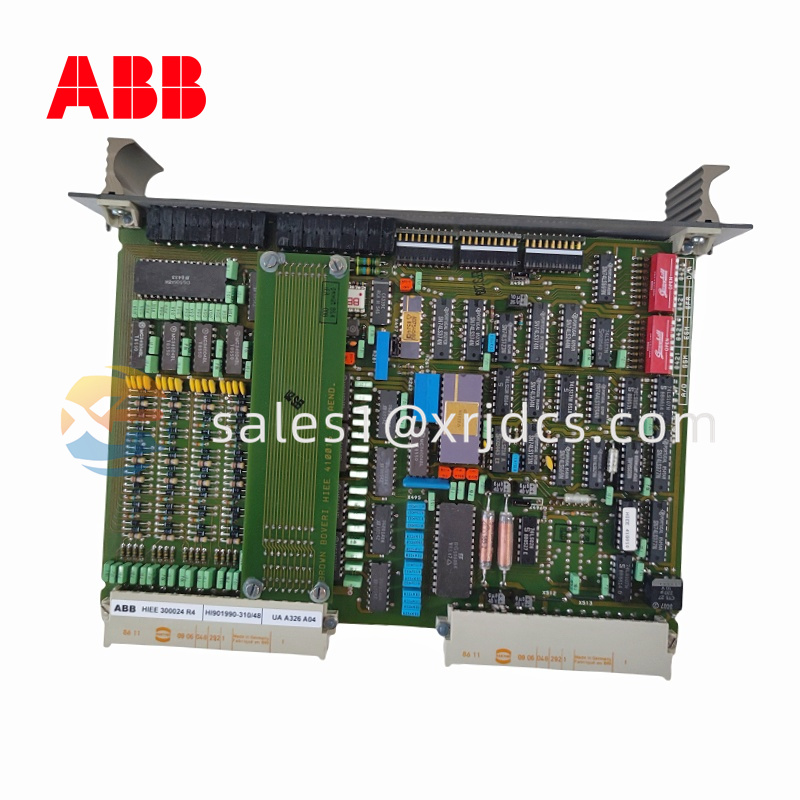



.jpg)
.jpg)
